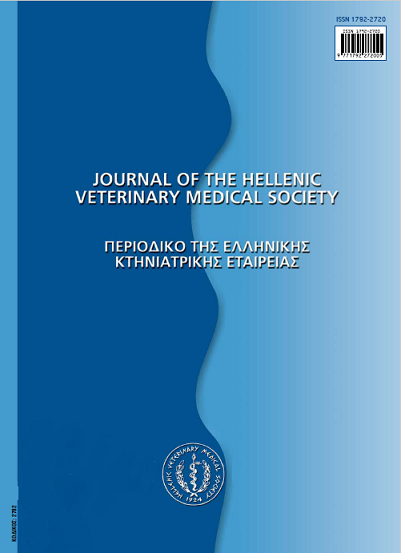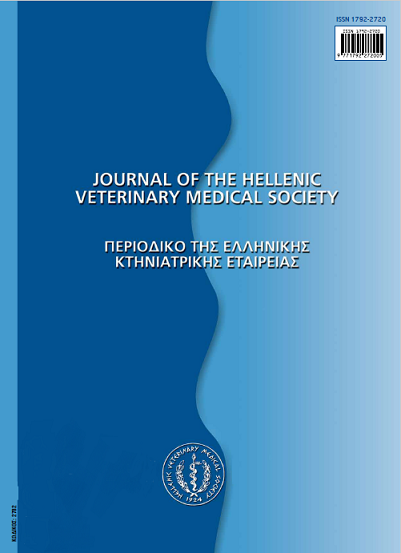Differential diagnosis of neurological diseases of small ruminants
Abstract
Objective of the present review is the description of diagnostic approach in neurological cases in small ruminants. To improve description purposes in the present paper, neurological disorders of small ruminants are classified as follows: (a) congenital neurological disorders (vitamin A deficiency, copper deficiency, disorders of viral aetiology [including border disease and Schmallenberg disease], disorders with a genetic background), (b) acquired neurological disorders with an acute course (acute coenurosis, Aujeszky’s disease, bacterial meningoencephalitis, botulism, copper deficiency, copper poisoning, disorders following injury, hypocalcaemia, hypomagnesaemia, listeriosis, louping-ill, rare disorders of parasitic aetiology, pregnancy toxaemia, rabies, tetanus, tick paralysis, toxicoses, type D enterotoxaemia, vitamin B1 deficiency) and (c) acquired neurological disorders with a long-standing course (caprine arthritis-encephalitis, central nervous system abscesses, chronic coenurosis, neoplastic disorders, ovine lentiviral encephalomyelitis, scrapie).
Article Details
- Zitationsvorschlag
-
GIADINIS (Ν.Δ. ΓΙΑΔΙΝΗΣ) N. D., POLIZOPOULOU (Ζ.Σ. ΠΟΛΥΖΟΠΟΥΛΟΥ) Z. S., & FTHENAKIS (Γ.Χ. ΦΘΕΝΑΚΗΣ) G. C. (2017). Differential diagnosis of neurological diseases of small ruminants. Journal of the Hellenic Veterinary Medical Society, 64(4), 275–296. https://doi.org/10.12681/jhvms.15507
- Ausgabe
- Bd. 64 Nr. 4 (2013)
- Rubrik
- Review Articles
Authors who publish with this journal agree to the following terms:
· Authors retain copyright and grant the journal right of first publication with the work simultaneously licensed under a Creative Commons Attribution Non-Commercial License that allows others to share the work with an acknowledgement of the work's authorship and initial publication in this journal.
· Authors are able to enter into separate, additional contractual arrangements for the non-exclusive distribution of the journal's published version of the work (e.g. post it to an institutional repository or publish it in a book), with an acknowledgement of its initial publication in this journal.
· Authors are permitted and encouraged to post their work online (preferably in institutional repositories or on their website) prior to and during the submission process, as it can lead to productive exchanges, as well as earlier and greater citation of published work.











